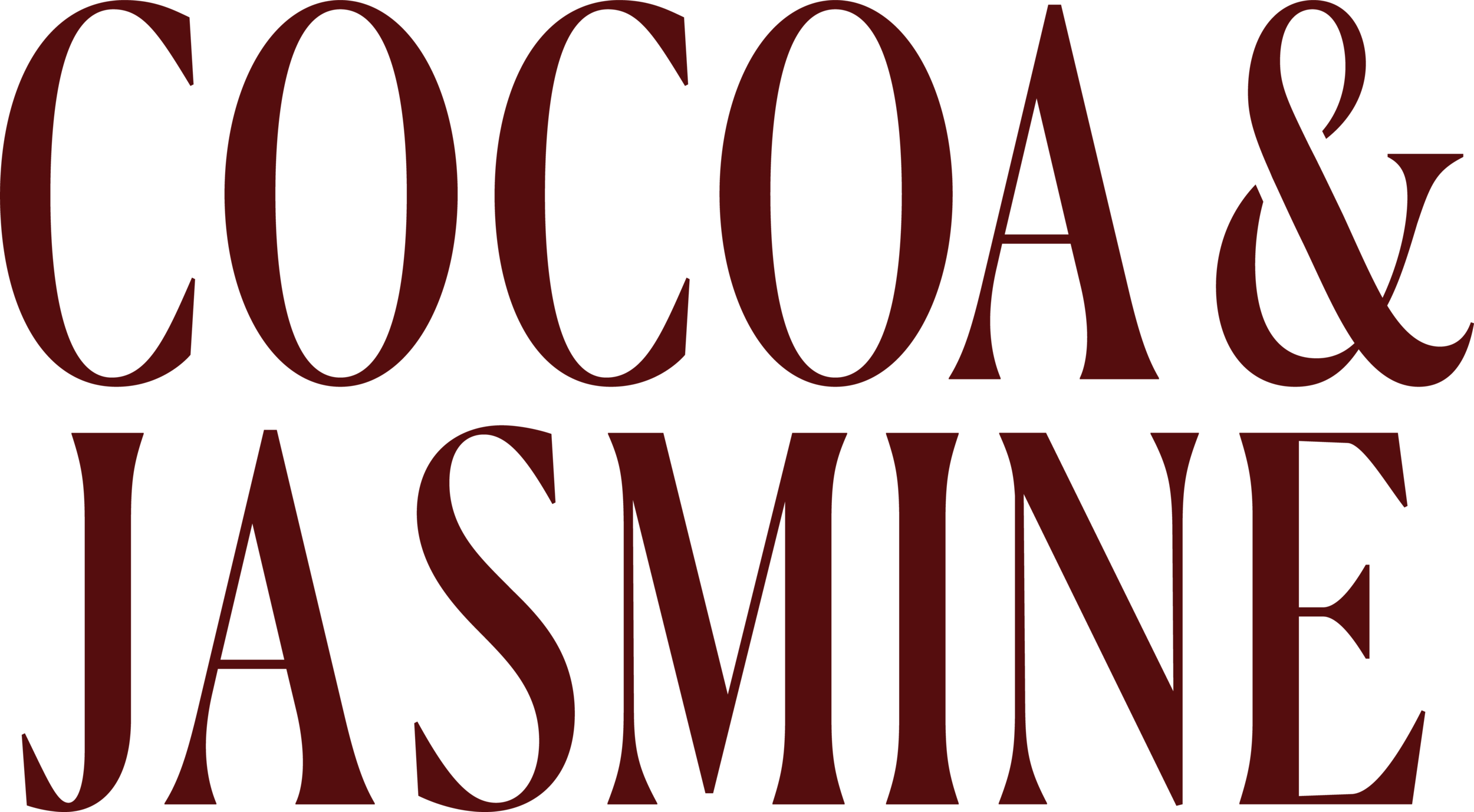Travel | Journey through Vana
Life at Vana (Notes from my itinerary)
7 am: Breakfast overlooking a bougainvillea. A bowl of pumpkin and sunflower seeds in almond milk. Rye bread with walnut butter.
8 am: Om chanting. Understanding the breathe. Stretch
9 am: a Cooking lesson with the chef
10 am: Bird watching and a walk around the vegetable garden
11 am: Sound of water and silence at the reflection pond
12: Nap to the Raag of peace
1 pm: Kapha platter and Mindful tea with a book on Buddhism in the modern age
2 pm: Hot oil on my temples.
3 pm: Colouring a mandala
4 pm: Dip in hot water with magic salts. Hindustani classical.
5 pm: Live guitar. Jasmine candles with Apple and cinnamon + coconut and lemongrass ice cream
6 pm: Hot chocolate and book on Modern Indian Art by Rabindranath Tagore
An hour’s drive from the Dehradun airport through forests of Uttarakhand, we reached Vana, a wellness stay carefully designed for a holistic experience offering Yoga, Meditation, Ayurvedic treatments, Tibetan Healing, Spa and conscious cuisine midst a 21-acre green land. A brainchild of Veer Singh, Vana engages all five senses with its elements that are well thought out and inspired by minimalistic Japanese Buddhism and ancient Indian wisdom. Some other offerings at the space are art, music and dance residencies.
Speaking of design, the architecture is inclusive of outside plants and natural light that gives a sense of merging boundaries. The space includes various ponds, pottery installations used as lighting, a library of books on art, design, religion and travel, Bonsai’s, indoor gardens and mixed media artworks. Abraham and Thakore craftsmanship and expertise can be seen through handwoven rugs and shawls, Khadi room accessories, colors, and textures of various materials like wood, ceramics, textiles, metal, and cane. The property is more sustainable in more ways than one and uses minimal plastic and recycled paper.
During my one week stay, I was the most intrigued by the cuisine offered as well as the flora and fauna. we chatted with in-house experts Chef Rajeev from Salana Kitchen and Promod Ji, the horticulture head to explore further.
‘There is a misconception that Indian food is only wheat and rice and curries with oil and spices’, says Chef Rajeev. There are many vegan and gluten-free options in Indian cuisine which can be made in minimal spices and oils example millets like Bajra, Johwar, Amaranth, Ragi are rich in fiber and mineral and offer both protein and carbohydrates and can be easily compared to quinoa the currently popular amongst conscious eaters. Chef says, ‘I work very closely with the nutritionist and we follow the rules of Ayurveda for our cooking and try to be sustainable, seasonal and use local produce. We do not believe in creating a carbon footprint hence I don’t use imported groceries. I have 25 variety of pasta that we make in-house as well the sauces’
Vana is a village which gets things from nearby and makes it themselves. We don’t open cans and packets. We know our produce and the season. Our approach is wholesome’.
Key Take Away: Be mindful of what you are eating and be more logic driven. Questions to ask are: What is the season and what does your body want? Start reading in the grocery stores. Look at long-term wellness and Make a plan. Look for healthy alternatives for sugar, millets, and dairy.
Vana produces its own salads, herbs, and some special vegetables, however, some have to be sourced from outside. For this, they work with trusted sources and farmer groups. Chef says, ’We experiment with our food and offer Indian food with some techniques of the west as well example Risottos are made with Indian millets and beetroot. We try to keep low on sugar, oils, and chili as real Indian food is about being local and balanced. We are rediscovering our lost wisdom and continuously find alternatives to commercial products like sugar for dessert and use jaggery and dates instead’. We also use the correct cooking method and don’t fry our food, instead grill and poach.
‘We celebrate six seasons at Vana and for me, Sharad is the best as we have so much variety and we have festivals and the appetite is also the best in winters. Since it will be carrot season soon we’ll do gajar halwa for our guests. My other favorite ingredients are pumpkins and green peas.
Being sustainable in the kitchen by recycling waste as compost, using no plastic and taking steps towards food safety by offering leftovers to animal shelters is a must at Vana.
We offer International cuisine and continuously learn from their techniques example the Japanese cuisine is simple and the cooking is minimalistic. The effort is put in growing vegetables and one can see that in the plate. There is no pressure cooking and tadka that has become common in our Indian households. They use all parts of vegetables in a stew and practice slow cooking to retain flavors.
In the Ayurvedic restaurant, there are three different thalis that are offered according to your energies. these are carefully designed keeping in mind the season, spices and the amount of oil used while preparing. The menus change every season and are further divided into daily and weekly menus. Over a 1000 recipes are made in the kitchen and soon a book will be published to document these.































